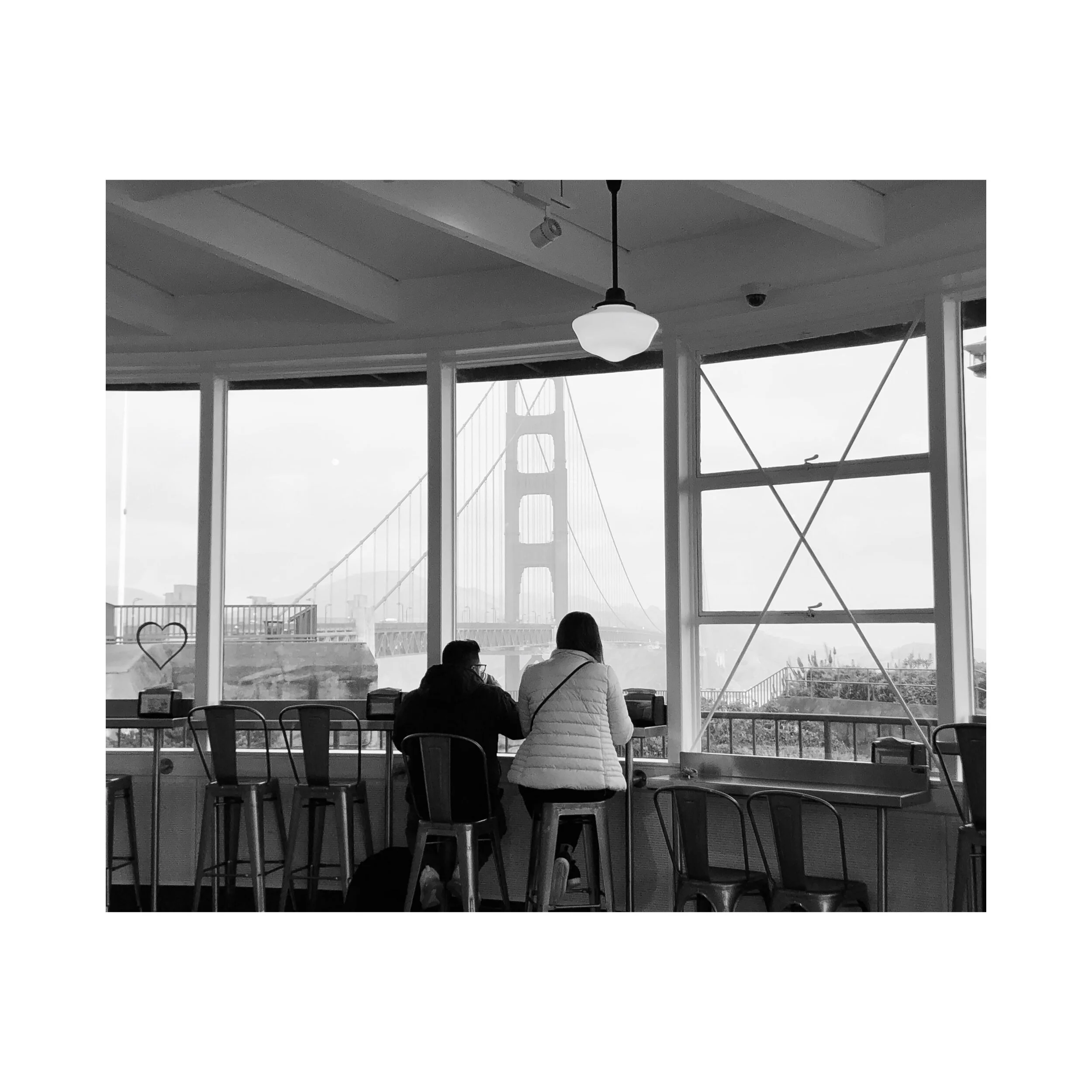I grew up in Windsor, Ontario where the Ambassador Bridge connects Canada to the United States. A portal of steel suspended over the Detroit River.
When you grow up near a politically significant bridge like the Ambassador, you tend to have a heightened sense of awareness about bridges, both big and small. They connect and divide. They command your attention. When I was a child, my grandfather and I would cast our fishing lines off a pier near Ambassador’s shadow. Large ocean-bound vessels, rusted and sun-warmed, scared the fish away. During the first breath of twilight we’d walk home with our prized catch, a single fish which my grandfather aptly named Dinner.
The birthdays of my youth were spent along the shoreline, with Ambassador in sight. I have faint memories of riding to the top of a Ferris wheel (with crushes I no longer remember) completely absorbed by the bridge’s beauty and shocked into awe by blue, green, yellow and red fireworks bursting into gigantic flowers only to instantaneously wilt and decay overhead.
It wasn’t always so pretty.
I was in high school when my grandparents moved to the west side of the city where transport trucks restlessly idled in a never-ending line of drivers seeking passage. The constant start and stop of traffic was the result of freight being meticulously inspected.
Backyards lined the arteries leading to Ambassador. Places where children played in above ground pools and plastic playhouses. The plumes of exhaust swirled through the streets. Normal, because diesel is diesel and the neighbourhood always smelled that way.
When 9/11 happened, police cars parked at the base of the bridge, vigilant that it, too, may be subjected to terrorism. Only through fear did I realize why Ambassador was important.
Ambassador was built in the late 1920s. It’s art deco in style and radiates the industrial spirit of the two cities it joins. I have always wanted to walk across it, to get close to its beams and cables, and to stand beneath its iconic sign. It wasn’t constructed with pedestrians in mind.
The Golden Gate Bridge was built shortly after the Ambassador, in the early 1930s, and it shares its art deco verve, but on a whole different scale. It’s made to be experienced. Time-lapsing fog, thick and unforgiving, rolls over cyclists as they cut through waves of sea smoke. Cars adjust their lights and slow their gait, fragile to the temperamental shifts in weather. Constant change becomes a state of mind as pelicans sail beneath the legs of the bridge. Alcatraz, as eerie as ever, lingers in the distance. An isolated rock, alien yet hauntingly familiar. I felt small and insignificant on the Golden Gate Bridge, wrapped in the wonder of stunning architecture. Grateful to be present and a part of its audience. It fulfilled my childhood dream of walking across a bridge, only to walk back again, and take everything in as if it were the first time.

